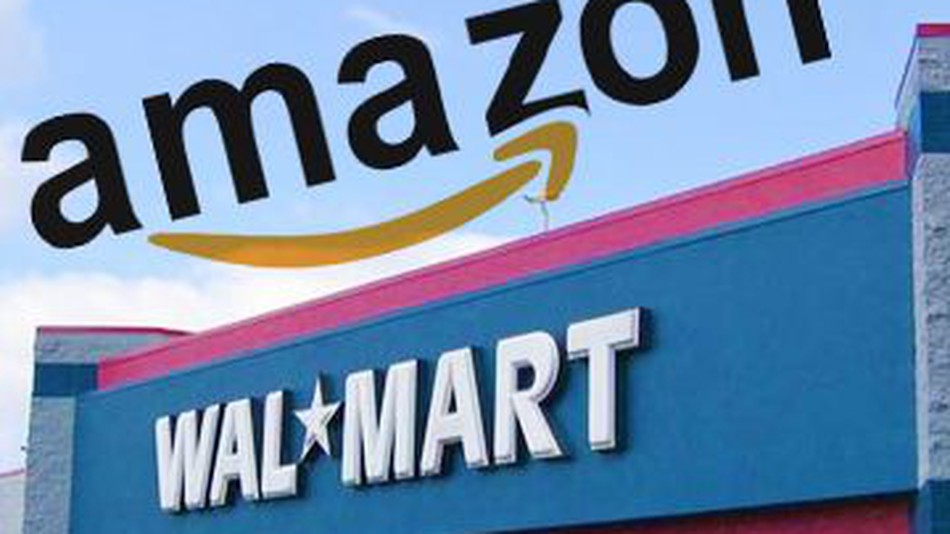The grocery market in the United States is huge. Estimates vary depending on which source you are looking at, buts it’s worth a lot more than half a trillion dollars in annual sales, with brick and mortar retailers staying firmly in control of the market. The rolling e-commerce bandwagon has sort of come to a standstill before the grocery market and, as of now, this market remains its biggest hurdle.
The real problem is, if brick and mortar stores stay firmly in control of the grocery market then people are going to keep going to the store. And if they keep going to physical stores to stuff, the online market has to share its spoils with the physical store market and learn to co-exist. Not a great option because it sort of gives everybody a chance, and even worse of an option if your company is called Amazon.
And yet, Amazon has tried so many things over the last ten years but, despite all that effort, there is still no headway being made into the grocery market. With an estimated 65 million members on the Prime Program, if Amazon cannot a find a way to make people shop for groceries online, then it’s clear that there are several underlying issues causing this deadlock.
TABS Analytics’ CEO Dr. Kurt Jetta, in an interview to the CBS Sunday Morning show, gave an insightful view of why he thinks grocery is not going to go the online way.
The 3 key problems Dr. Jetta points out for online grocery are:
Limited frame of reference: Consumers can only see a few products on computer screen at a time when ordering online and therefore have a harder time doing product selection and price comparisons. Consumers can make these same comparisons faster and easier when standing in front of a shelf.
It’s more expensive: Online shopping is 25% more expensive, on average. So, the time savings that many consumers feel they get from shopping for groceries online can be negated by the higher costs of shopping online in the first place.
It’s not a “personal” experience: Building on the first point, many consumers state that they need to see the prices and deals for products within a category, and among categories. In fact, 90% of consumers prefer to shop in a brick-and-mortar store compared to online.
To say that he was spot on would be an understatement. I order a lot of things online, and I can order my onions and tomatoes too, but I resist. I still like to walk down the aisles to buy my groceries. And it’s not just that; I love to see the number of options Kellogg’s has for my breakfast. I can do the same online but, honestly, it’s just not the same. The sights, sounds and smells of a grocery store still hold sway over shoppers. That much is clear.
Can I be swung over if online was much cheaper than an in-store purchase? Perhaps, but unless there is a huge difference between the price of a product at my local grocer’s and an online store, I will remain tilted in favor of physical stores. That’s especially true when it comes perishables. My shopping is sort of split between online and in-store, and I personally believe that I have the best of both worlds.
And millions of people just like me pose a tremendous challenge to online-only retailers.
From a price standpoint, e-commerce companies will always be at a disadvantage because they need to achieve scale in order to have more control over pricing. Ironically, in order to reach that scale they need customers, and customers are not going to come if the online experience does not satisfy their basic senses of sight, touch, smell, hearing and – if you’re a sample lover like me – taste as well.
I don’t think this is just a difficult nut to crack; it’s an impossible one. The best middle-ground solution – indeed, possibly the only one – would be to have a network of physical stores that can complement the convenience of online ordering. And that hybrid shopping model is catching on. For brick and mortar retailers, it’s a question of reaching over into the realm of online ordering, and for e-commerce players it’s the exact opposite – to leverage their digital skills with an offline presence.
These are the companies that will stay in control of the grocery market, and even Amazon is bending to the will of the people on this. The AmazonFresh Pickup service that the company is testing out is exactly the type of model that could work.
Will Amazon’s experiment actually work, though? Only time will tell, but Wal-Mart and others are already seeing the raw logic behind the hybrid shopping experience.
Thanks for reading our work! If you enjoyed it or found value, please share it using the social media share buttons on this page. If you have something to tell us, there’s a comments section right below, or you can contact@1redDrop.com us.



